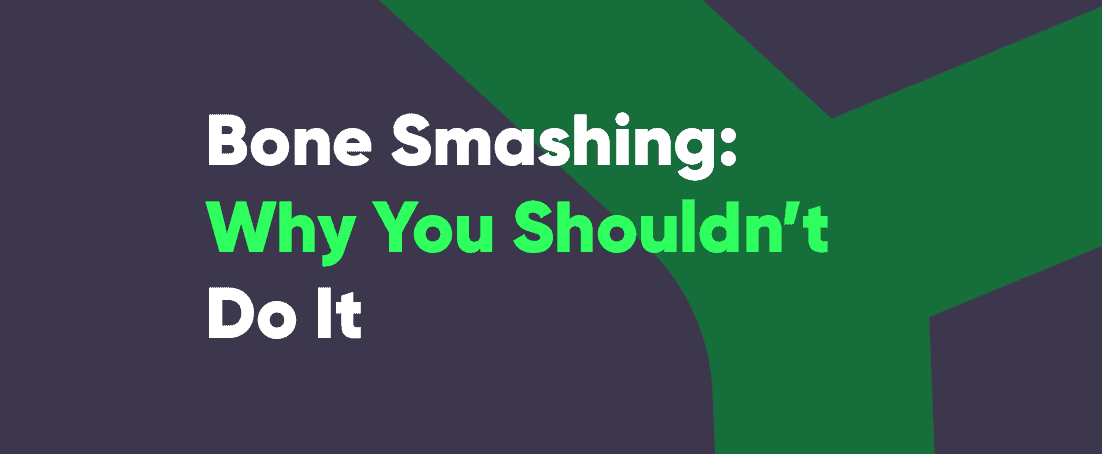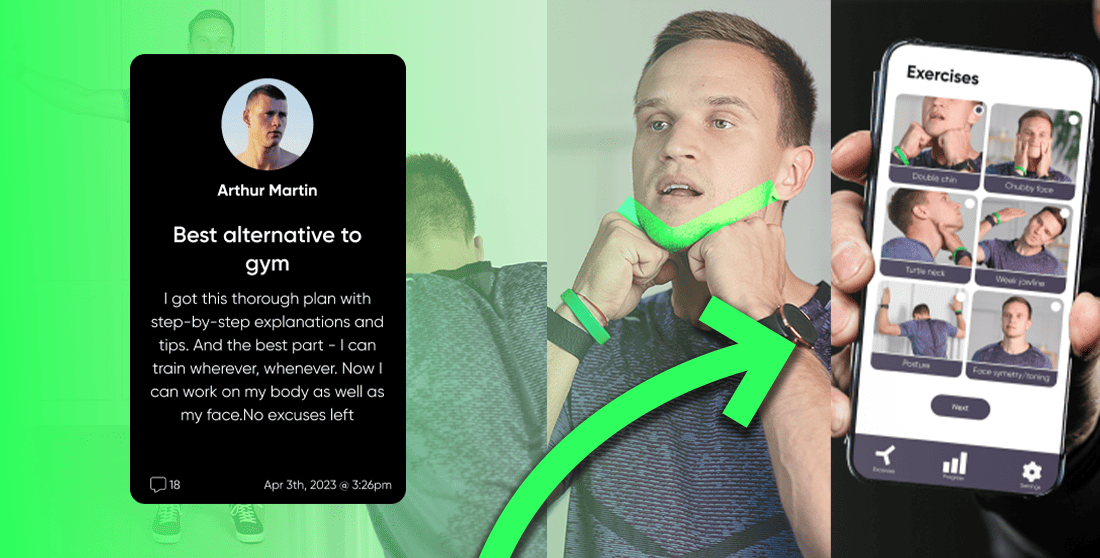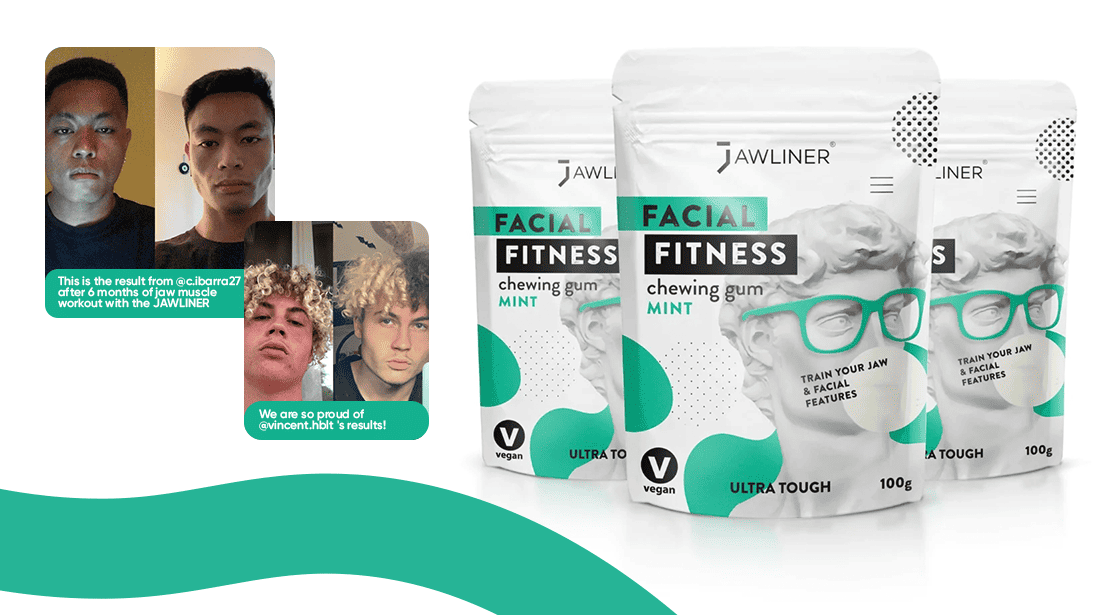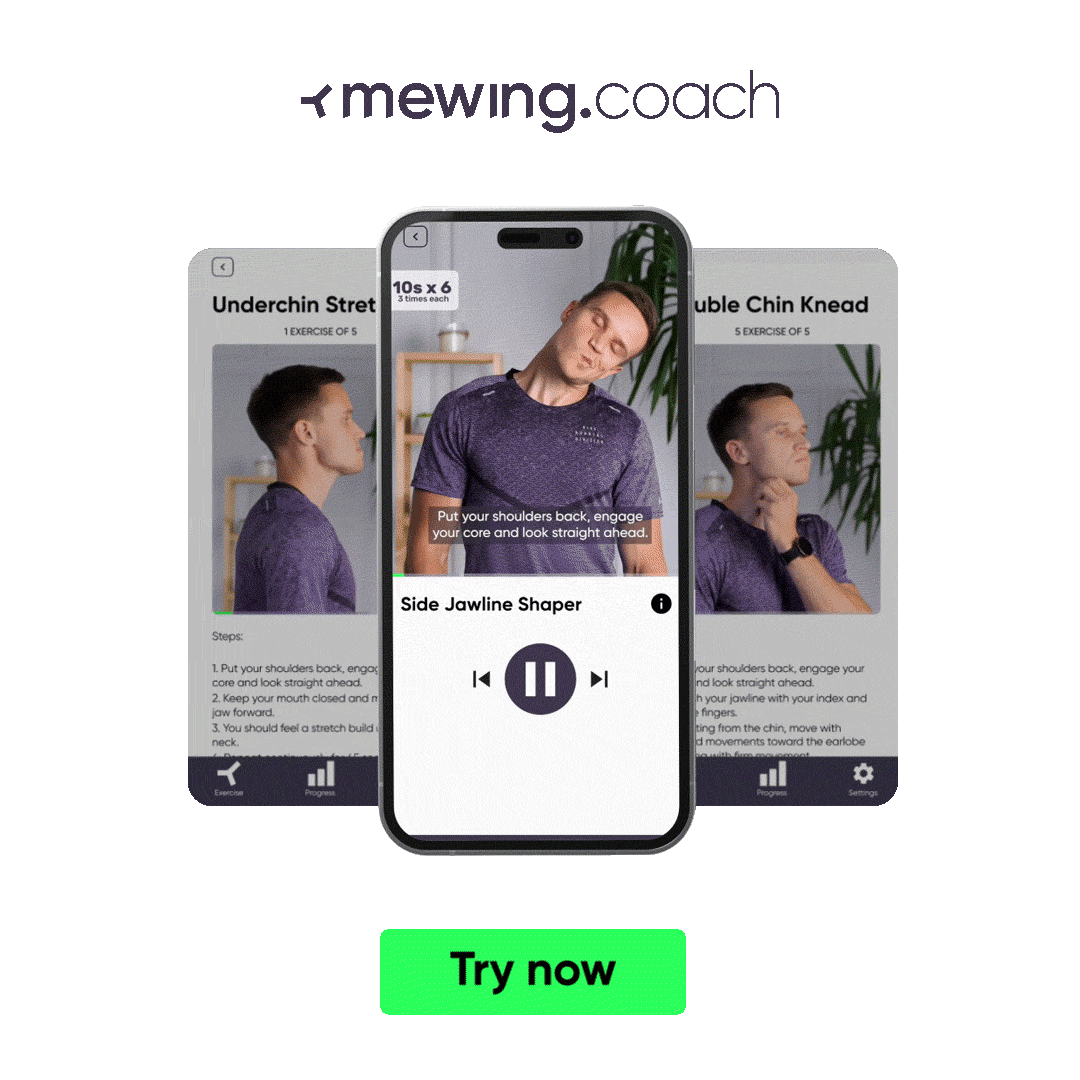
Bone smashing refers to the alarming social media (especially, TikTok) trend of hitting bones, particularly facial bones, with blunt objects like hammers. The objective is to induce structural changes, aiming for an enhanced or more defined appearance.
Fortunately, this practice did not gain widespread acceptance. But what makes this idea so troubling? In this article, we delve into the scientific aspects of bone smashing and examine why you should steer clear of it.
The Science Behind Bone Smashing
Two scientific theories often cited in relation to bone formation are Wolff’s Law and the Functional Matrix Theory by Moss. Wolff’s Law states that bone in a healthy animal will adapt to the loads it is placed under.
The German anatomist posited that if a bone receives load, it will adapt by growing more dense, and strong and possibly changing its form. The reverse is also true – if the load decreases, the bone will weaken.
The Functional Matrix Theory emphasizes the role of functional spaces in shaping the bones. This theory gives justification for the idea that the form and shape of bones are not just genetically determined but also adapted based on the functions and stresses they experience. The same genetics can grow different bones under different conditions.
However, what bone-smashing enthusiasts fail to understand is that this stress must come from surrounding tissues and not external pressure. Bone smashing does not involve the proper use of the body to form bones.
Hitting your bones with a hammer is far from the stress that these theories imply is beneficial. It’s a misuse of scientific principles to validate a practice that has no credible backing.
Does Bone Smashing Actually Work?
bone smashing is not only ineffective but also hazardous. It’s better to stick to proven methods that align with how the human body is designed to function. The reason why bone smashing does not work lies in the stress that it aims to cause to the bones. There are two primary kinds of stress (or load) that can affect bones.
The first is stress from external forces, like hitting your bones with a hammer. This kind of stress is detrimental. It damages bones, may cause deformities during the healing process, or, in the worst cases, leads to bones that never heal.
The main problem is that it’s extremely hard (or even impossible) to control the amount of external pressure that you apply to the bone. There are no tested methods or appliances that can safely and efficiently sculpt your bones.
The second type is natural stress which is beneficial and comes from a proper use of the body. Techniques like mewing, for example, involve the correct posture and use of the tongue, facial muscles, and jaw. This approach promotes slow, controllable changes that are almost risk-free and more predictable.
Unlike bone smashing, proper techniques work in harmony with the body’s natural processes. Smashing your face with a hammer can cause irreversible changes that may not be to your liking and extremely unhealthy.
How To Do Bone Smashing?
Even though the practice of bone smashing lacks scientific validation, I was still able to gather the bone-smashing steps that are popular online.
STEP 1: Inhale Deeply Through Your Nose
Most instructions ask you to start by inhaling deeply to activate your muscles. However, breathing has nothing to do with activating muscles in the short term. Although, receiving enough oxygen is crucial for overall health in the long term.
STEP 2: Bring Your Knuckles to Your Cheekbone
The idea here is to approach the bone you intend to “smash” with caution and keep the face symmetry.
STEP 3: Tap the Bone Lightly for 30 Seconds
This is the main step of bone smashing and involves tapping your facial bones in bursts of half a minute. I must note here that it doesn’t align with natural physiological processes that contribute to bone growth.
STEP 4: Rest and Repeat
Resting between sets and repeating the action five times is the final step.
Bone smashing is a risky endeavor that can result in fractures, irreversible disfigurement, and even nerve damage. It is not a viable method for achieving any sort of beneficial structural change to your bones. Instead of resorting to dangerous practices like bone smashing, opt for proven methods.
What are the Side Effects of Bone Smashing
Bone smashing is not a safe practice and comes with an array of health risks. When striking bones, especially delicate ones like facial bones, the risk for fractures, infection, concussions, bleeding and other injuries is very high. Such fractures may necessitate complex surgeries and can result in permanent disfigurement.
| Risk | Probability | Severity | Affected Area |
|---|---|---|---|
| Infection | High | Moderate to Severe | All |
| Bone Fractures | Very High | Severe | Facial Bones, Jaw |
| Soft Tissue Injuries | High | Moderate to Severe | Soft Tissues |
| Scarring | High | Moderate | Soft Tissues |
| Excessive Bleeding | Moderate to High | Severe | All |
| Irreversible Damage | High | Severe | Soft Tissues, Bones |
| Concussion Injuries | Moderate | Severe | Skull |
| Severe Injuries | High | Severe | All |
| Pain | Very High | Moderate | All |
| Deformity | High | Severe | Facial Bones, Jaw |
| ICU Admission | Moderate to High | Severe | All |
Risks to Different Body Parts
- Facial Bones: Risks include fractures, scarring, and disfigurement.
- Jawbones: Possibility of misalignment, fractures, and severe pain.
- Soft Tissues: High risk of scarring, irreversible damage, and excessive bleeding.
- Skull: Elevated risk of concussions and potentially life-threatening situations.
- Brain: Harmful vibrations caused by repetitive smashing can create internal organ injury, with the most risk to the brain.
Bone Smashing Results: Before and After
The ‘before’ photo shows normal face bones, while the ‘after’ image reveals a face with scars, signs of concussion, and infection. These outcomes underscore the significant risks of bone smashing.
While some damage might not be permanent, immediate cessation of this harmful practice is imperative. The visible injuries and infections require prompt medical attention and further highlight why bone smashing should be avoided altogether in favor of safer methods like mewing.
Is Bone Smashing Safe: It Worth the Risks?
No, bone smashing is not worth the risks. This harmful trend has gained attention for its purported ability to alter facial bone structure, but it is an unreliable and dangerous method. External stress, such as smashing bones with a hard object, is not only unnatural but also counterproductive.
Far from improving your appearance, this practice will most likely injure your face, leaving you in need of surgical intervention. For those interested in changing the structure of their facial bones, it’s imperative to opt for safe and tested methods like mewing. The dangers of bone smashing far outweigh any perceived benefits, making it a practice to avoid entirely.
Other Solutions for Enhancing Facial Appearance
#1 Mewing.coach app

Mewing remains the best alternative to naturally improve your side profile, but it might be hard to start. It’s where our app, Mewing.coach, offers a unique solution. It guides you through the nuanced techniques of mewing without requiring any upfront investment in physical products.
The Mewing.coach app provides many features to make your Mewing journey more effective and well-informed. It contains video tutorials demonstrating the correct mewing techniques and exercises and offers personalized plans based on your age, face shape, health concerns, bite type, and aesthetic goals.
One of the most important features of the Mewing.coach app is the daily reminders. These reminders are crucial in helping you stick to your mewing routine. Making mewing a habit is the only way to fix underbite naturally, achieve attractive recessed maxilla, or many other mewing benefits.
Importantly, mewing addresses a wide array of facial posture issues, from a recessed maxilla to underbite problems. It can even help you naturally achieve a more attractive side profile. With the app’s tracking features, you’ll be able to monitor your progress and steer clear of any bad habits that could compromise your results.
#2 Chewing Gums
Instead of resorting to dangerous bone smashing measures, consider mastic gums as a safer and tested alternative. They enhance your jawline and carry minimal to no side effects. There are several options available that are not only safer but also effective.
Jawliner Gum

Jawliner is the premium option for those committed to jaw exercises. It is hard, tough, and entirely vegan and sugar-free. While it comes at a higher price, its benefits and quality justify the investment. Any Jawliner review will tell you that this gum should be your top choice for jawline improvement.
Rockjaw Gum
Rockjaw is the most accessible option for those starting their jaw exercises. It is affordable but not as hard as other options. For those new to jaw training and unwilling to invest heavily, Rockjaw chewing gum serves as an effective introductory option.
Neptune Gum
Neptune Gum offers natural resistance for jaw strengthening. Made from exotic tree sap, it also has anti-inflammatory properties. Its texture and taste are unique, but Neptune gum for sculpting the jawline combines strength with medicinal qualities extremely well.
Falim Gum
Falim Gum is another budget-friendly alternative that offers various flavors. My Falim gum in-depth review showed that it is softer than its counterparts and contains some less respected materials. However, it provides a low-risk entry point for jawline improvement.
#3 Mewing Ring

Mewing Rings are specially designed devices that fit comfortably in your mouth to assist in maintaining the correct tongue posture. They aim to provide similar benefits to traditional mewing but offer an added layer of guidance and structure.
If you fear that mewing might be too hard to exercise correctly, use a mewing ring and reap the benefits. It is better than risking injury with bone smashing. Mewing with a Mewing Ring as a safer and non-invasive approach to enhancing your facial structure.
Conclusion
Bone smashing is not only ineffective but also dangerous, posing significant health risks such as fractures and permanent disfigurement. For those interested in altering facial structure, safer and tested methods like mewing are advisable. The hazards associated with bone smashing far surpass any alleged benefits. I recommend completely avoiding this practice.




